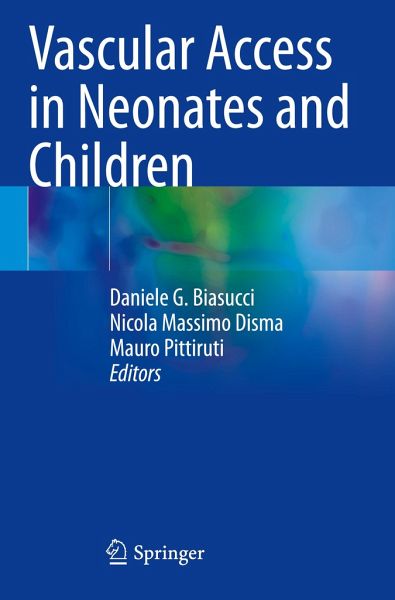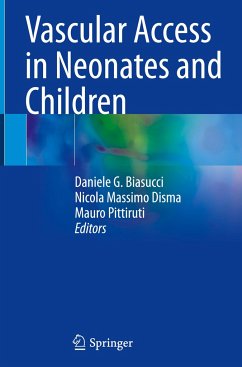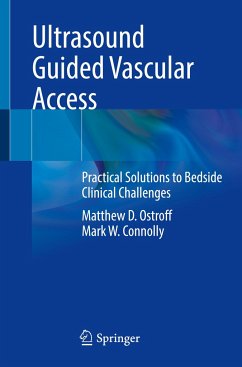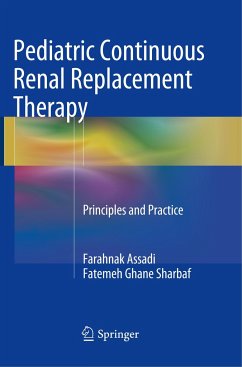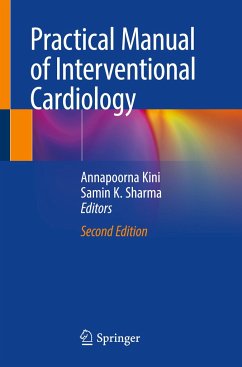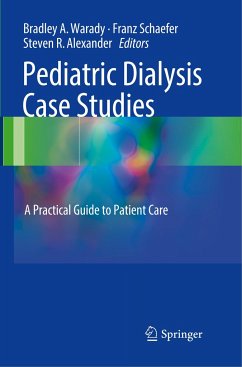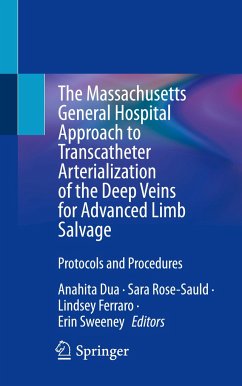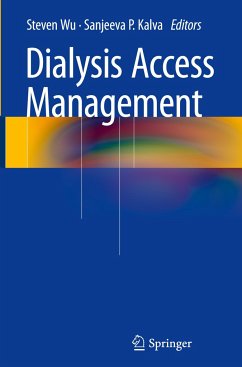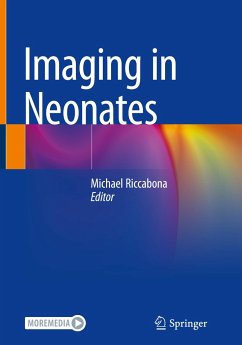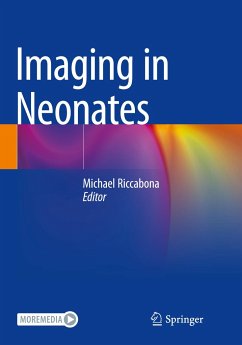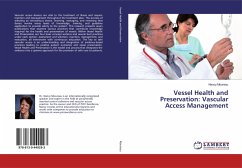Daniele Biasucci completed his medical degree and residency in Anesthesiology, Resuscitation and Intensive Care Medicine at the Catholic University of the Sacred Heart, Rome, Italy. He has special interests in vascular access, ultrasound in critical care, pediatric critical care, and ECMO. He currently works in the Neurointensive Care and Neuroanesthesia Unit of the "San Camillo-Forlanini" Hospital in Rome, Italy. He previously worked as a Cardiac Anesthesiologist and a Cardiac Critical Care specialist in the 8-beds Cardiac Surgical Intensive Care Unit of the "A. Gemelli" University Hospital in Rome. He has participated in more than 16 national and international meetings as an invited lecturer to speak about several aspects of pleural and lung ultrasound, ultrasound life support in cardiac arrest, ultrasound and vascular access devices. Daniele Guerino Biasucci completed his medical degree and residency in Anesthesiology, Resuscitation and Intensive Care Medicine at the Catholic University of the Sacred Heart, Rome, Italy. He has special research interests in vascular access, ultrasound in critical care and emergency medicine, pediatric critical care, cerebral microcirculation. He currently works as intensivist in the Neurointensive Care Unit of the "A. Gemelli" University Hospital in Rome, Italy. As a member of the taskforce of the European Society of Anaesthesiology (ESA) for PERSEUS guidelines, Dr. Biasucci is one of the main authors of ESA guidelines on ultrasound guidance for vascular access both in adults and children. He is also author and co-author of more than 50 published papers and he has recently obtained the Italian National Qualification as Associate Professor in Intensive Care Medicine and Anesthesiology. He has participated in more than 40 national and international meetings as an invited lecturer to speak about several aspects of pleural and lung ultrasound, ultrasound life support in cardiac arrest, ultrasound and vascular access devices. Nicola Disma completed his medical degree at the University of Catania in 1997, and two Post-graduate Schools: Anesthesia (2001) and Pediatrics (2014). During the post-graduate school of anesthesia he spent two periods abroad: at the Manchester Children's Hospital (UK) and San Raffaele Hospital in Milan (IT). His first position as Junior Locum Consultant was at Policlinico of Catania, after which he became Consultant of Pediatric Anesthesia at Gaslini Hospital in Genova. He had an extra fellowship in 2011, as Clinical Fellow in CICU at Great Ormond Street Hospital in London, UK. He was Consultant Pediatric Anesthetist at Great Ormond Street Hospital. Nicola Disma is currently the Head of Research and Innovation Unit at Istituto Gaslini of Genova, Italy. Mauro Pittiruti was born in Rome, Italy in 1954. He completed his medical and surgical training in Italy and the USA, and since 1980 he has been working as a surgeon at the Department of Surgery ofthe Catholic University Hospital in Rome, Italy. His main clinical activity has been in the field of surgical critical care, parenteral nutrition and more specifically in the area of vascular access, both in adults and in children. From 1990 on, he has focused most of his clinical and scientific activity on venous access devices, becoming one of the leading international experts in this area. Since 1998, he is co-founder and president of the Italian Group of Long-Term Venous Access Devices (GAVeCeLT). Since 2010, he is chairman of the Scientific Committee of the WoCoVA Foundation (World Conference on Vascular Access). During the last decades, he has spoken at more than 300 Meetings and Congresses, all over the world, and has himself organized more than 150 Meetings, Workshops and Conferences. He is author or co-author of two volumes on venous access and of more than 500 papers, 140 of which are indexed on PubMed. In 2009, he received the Suzanne Herbst Award for Excellence in VascularAccess.
